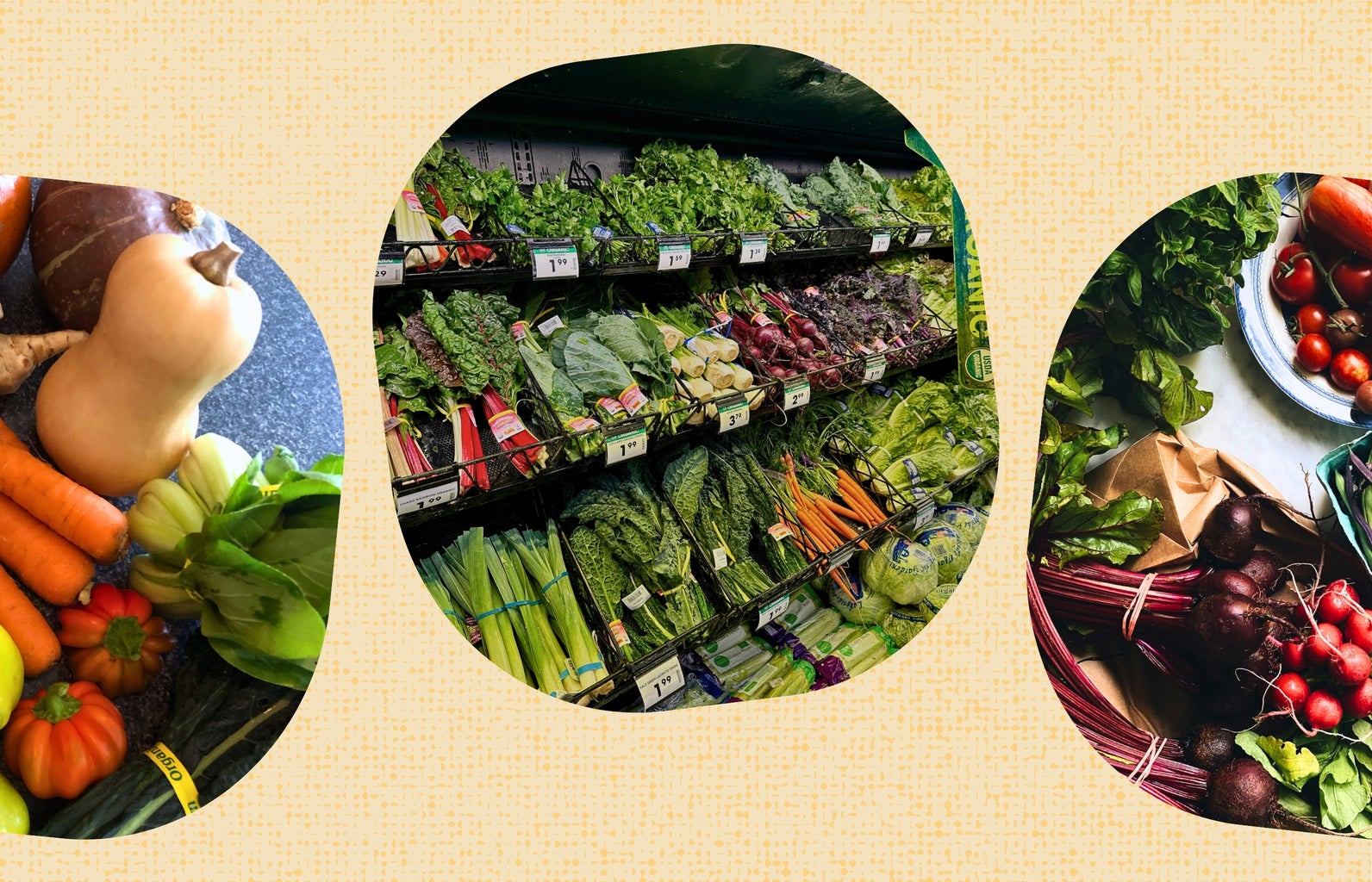Protein in Vegetables: How Much Is There?

Understanding the Role of Vegetables in Protein Intake
When it comes to meeting your protein goals, many people automatically think of meat, eggs, and other animal-based foods. However, vegetables can also play a significant role in your diet when it comes to protein. While they may not offer the same high concentrations as meat, they do contain essential amino acids that your body needs for various functions like muscle growth, tissue repair, and hormone production.
Protein is made up of amino acids, which are the building blocks of proteins. Animal products typically provide all nine essential amino acids, making them "complete" sources. On the other hand, most vegetables are considered "incomplete" because they lack one or more of these amino acids. However, this doesn't mean you need to worry about getting enough protein from plant-based sources. By eating a variety of plant-based foods throughout the day, your body can effectively combine the amino acids it needs on its own.
Vegetables with High Protein Content
Some vegetables stand out for their higher protein content. Edamame, for instance, is a top choice, offering around 17 grams of protein per cooked cup. It can be enjoyed as a snack with a sprinkle of salt and pepper or added to meals for extra flavor and nutrition. Lentils, though technically legumes, are another excellent option, providing approximately 18 grams of protein per serving. Green peas follow closely with about 8 grams per cup.
Other vegetables like spinach, broccoli, Brussels sprouts, asparagus, and corn also contribute to your daily protein intake. Spinach, when cooked, provides around 5 grams of protein, while broccoli, Brussels sprouts, and asparagus each fall within the 3 to 5 gram range. Even potatoes offer roughly 3 grams of protein per medium serving.
While these amounts might seem modest on their own, combining different vegetables in creative meals can significantly boost your overall protein intake. For example, a lentil salad topped with roasted Brussels sprouts and grilled asparagus can deliver a substantial amount of protein.
Meeting Your Protein Goals Through Plant-Based Sources
Yes, it's entirely possible to meet your protein needs through vegetables and other plant-based foods. Many people who follow a plant-based diet achieve their protein requirements by incorporating a wide range of foods such as legumes, whole grains, nuts, seeds, and soy-based products. These options not only contribute to your protein intake but also provide additional nutrients like fiber and iron, which are often lacking in meat-heavy diets.
Tracking every macro meticulously isn't necessary, but being mindful of the ingredients in your meals can make a big difference. A balanced mix of vegetables and other plant-forward options can help you meet your protein goals without the need for supplements.
Incorporating More Protein into Your Meals
To maximize your protein intake from plants, consider using vegetables as the base of your meals rather than just a side dish. For example, adding cooked spinach to smoothies, using lentils or chickpeas in salads, or enjoying roasted edamame as a snack can all help increase your protein consumption.
There are also many creative ways to incorporate plant-based proteins into your routine. Try using lentil or zucchini pasta instead of traditional pasta, or add broccoli, kale, and mushrooms to your bowls. Making a cauliflower stir-fry can also provide texture, flavor, and a good amount of protein. The key is to combine different plant-based foods rather than relying on a single vegetable repeatedly.
The Benefits of Including Vegetables in Your Diet
While vegetables may not replace a protein shake after a workout, they should definitely be a staple in your diet if you're aiming for a healthier lifestyle. They are rich in fiber, packed with essential nutrients, and provide a good source of iron. When eaten in a variety of forms, especially focusing on greens throughout the day, vegetables can make up a significant portion of your daily protein needs.
Getting protein from plants is not only possible but also delicious. With a little creativity and variety, you can enjoy a nutritious and satisfying diet that meets your protein goals.
Post a Comment for "Protein in Vegetables: How Much Is There?"
Post a Comment